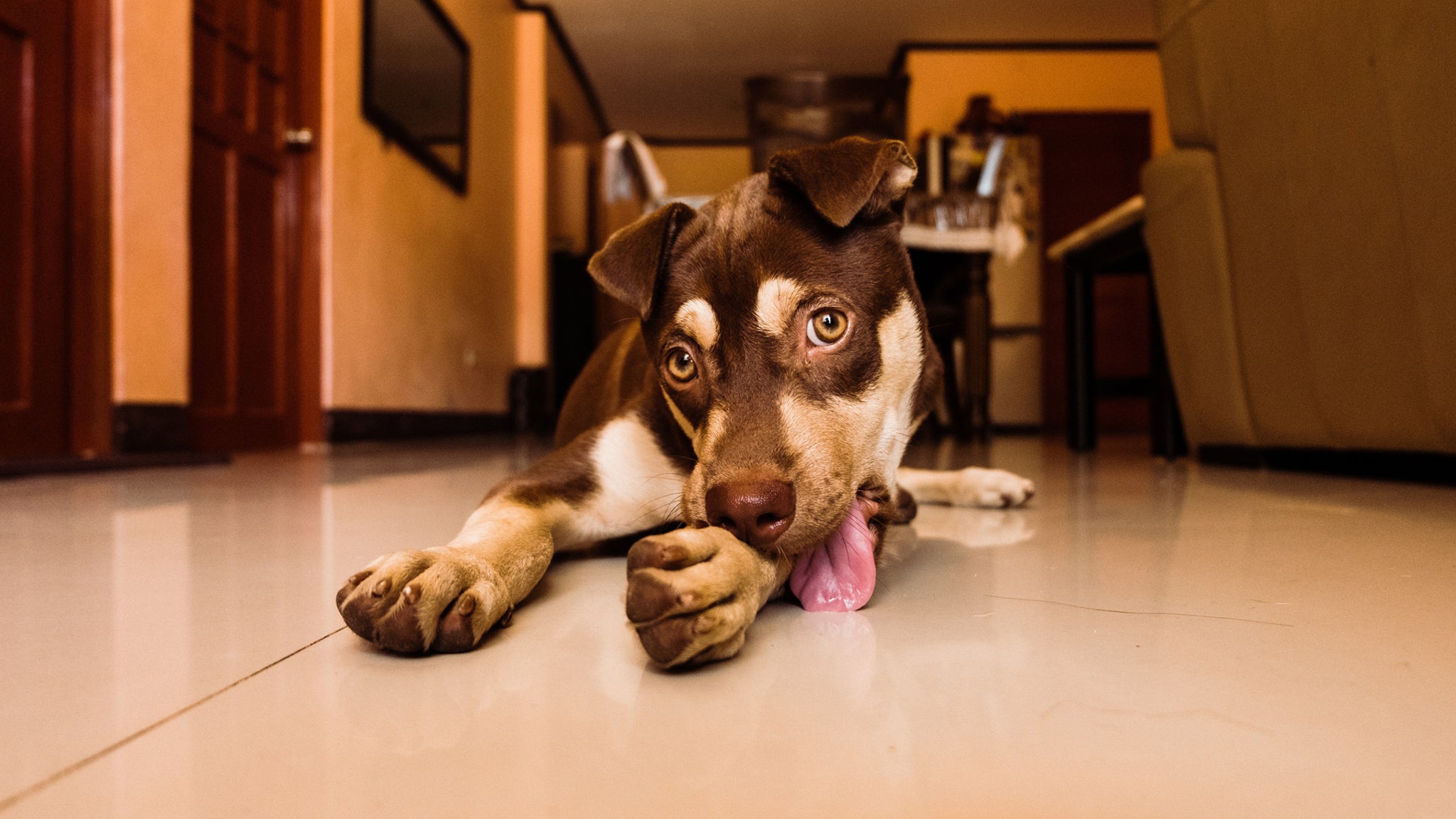Hot spots in dogs are a common skin condition with a variety of underlying causes. Hot spots can be treated and prevented with the right care.
What are hot spots?
Hot spots are red, irritated patches of skin that can be inflamed or raised. They can grow and spread quickly. Some dogs may experience hair loss or pus on the area. The affected area may become crusted due to the discharge of pus. The head, legs, or hips are the most common areas of hot spots.
What causes hot spots?
The underlying conditions for hot spots include allergies, ear infections, poor grooming, dermatitis, excessive moisture from swimming or bathing, excessive licking from stress or boredom, or anal gland inflammation. Some of these causes of hot spots lead to licking, scratching, or chewing on the affected area, which worsens the hot spot. Golden retrievers, English bulldogs, and German shepherds are breeds more likely to develop hot spots.
Treatments for Hot Spots
If the hot spot is increasing in size, consistently bleeding, or has discolored discharge see your veterinarian as soon as possible. The veterinarian may treat the hot spot with oral antibiotics or anti-itch medication.
If you are unable to see your veterinarian immediately, here are some intermediate solutions:
- Try to keep the wound clean
- Trim around the area with dog hair clippers
- Use an e-collar (the cone of shame) to prevent your dog from further irritating the hot spot
Preventing Hot Spots
To prevent hot spots from recurring, it is necessary to identify the underlying cause by consulting with your veterinarian. Good hygiene and proper grooming can help prevent the hot spots from coming back. If your dog was itching or licking due to boredom, interactive toys and routine exercise can help change their behavior. Proper treatment of allergies and parasites can help too. If the hot spots keep recurring, consult with your veterinarian to develop a treatment plan for the underlying cause.




